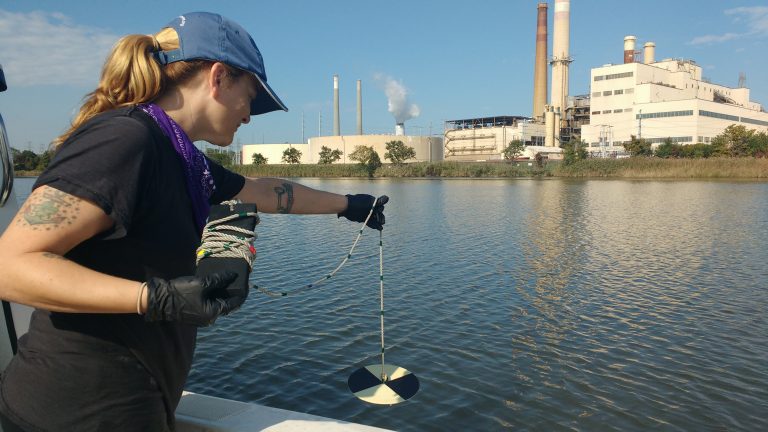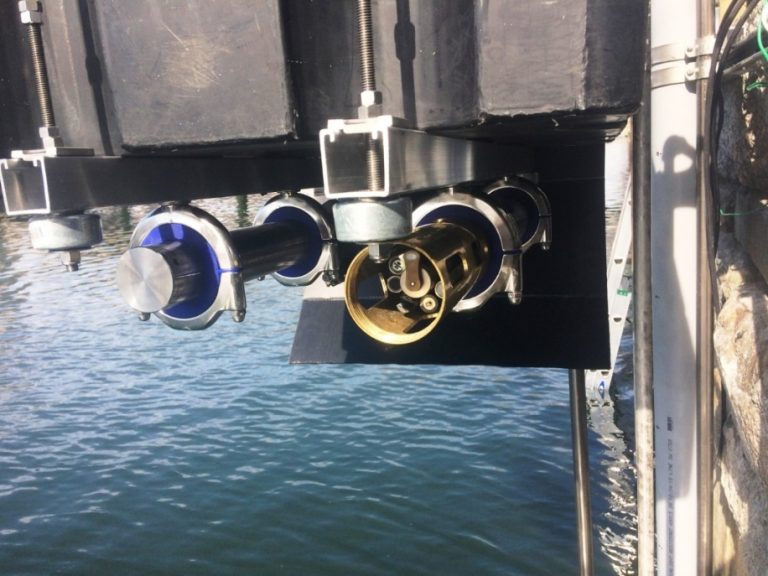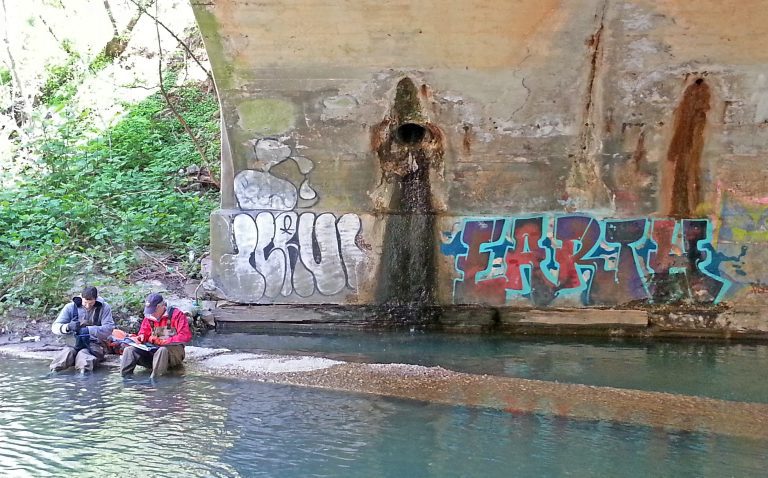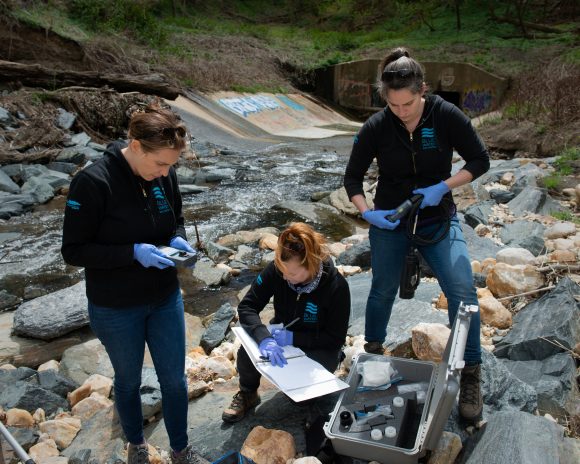Back River Community Science, Round Two
This week we held our second community science event in Back River, and this time forty-three people went out collecting samples in the area. We’re grateful to all our volunteers and to the Back River Restoration Committee (BRRC).
BRRC reached out to us last year about ways residents could get involved in the ongoing water quality issues in the river, and on August 18, Baltimore Harbor Waterkeeper Alice Volpitta and water quality scientists Barbara Johnson and Cody Matteson, who do the regular water testing for Blue Water Baltimore, led a training session to teach residents how to collect their own water samples. They gave out forty-seven kits in advance of testing day.
On testing day, forty-three sample were returned for testing, processed, and the results are below. The samples were tested for enterococci bacteria, which are an indicator of fecal matter in the water. Unlike our regular ongoing longterm monitoring program of area waterways, these results are only a snapshot of a specific spot at a specific time, not an indicator of overall health of the waterway.
We’re thrilled to have partnered with the Back River Restoration Committee and all of the residents who turned out and took samples. People in the area clearly care deeply about the health of their river and we were glad to help them gain a deeper understanding of what’s going on beneath the surface. With the success of this community science pilot program, we’re hoping to expand to other areas and hold more trainings, so stay tuned!
Locations on the map are close but approximate, and as with our regular ongoing water testing, we use a statistical method to arrive at the most probable number (MPN) of enterococci in 100 milliliters of water. The Code of Maryland Regulations indicates that recreating in waterways with Enterococcus bacteria levels above 130 MPN/100mL carries a higher risk of getting sick from water-borne pathogens. Additionally, the State of Maryland recommends not coming into contact with natural water bodies for 48 hours after a rainfall event.






